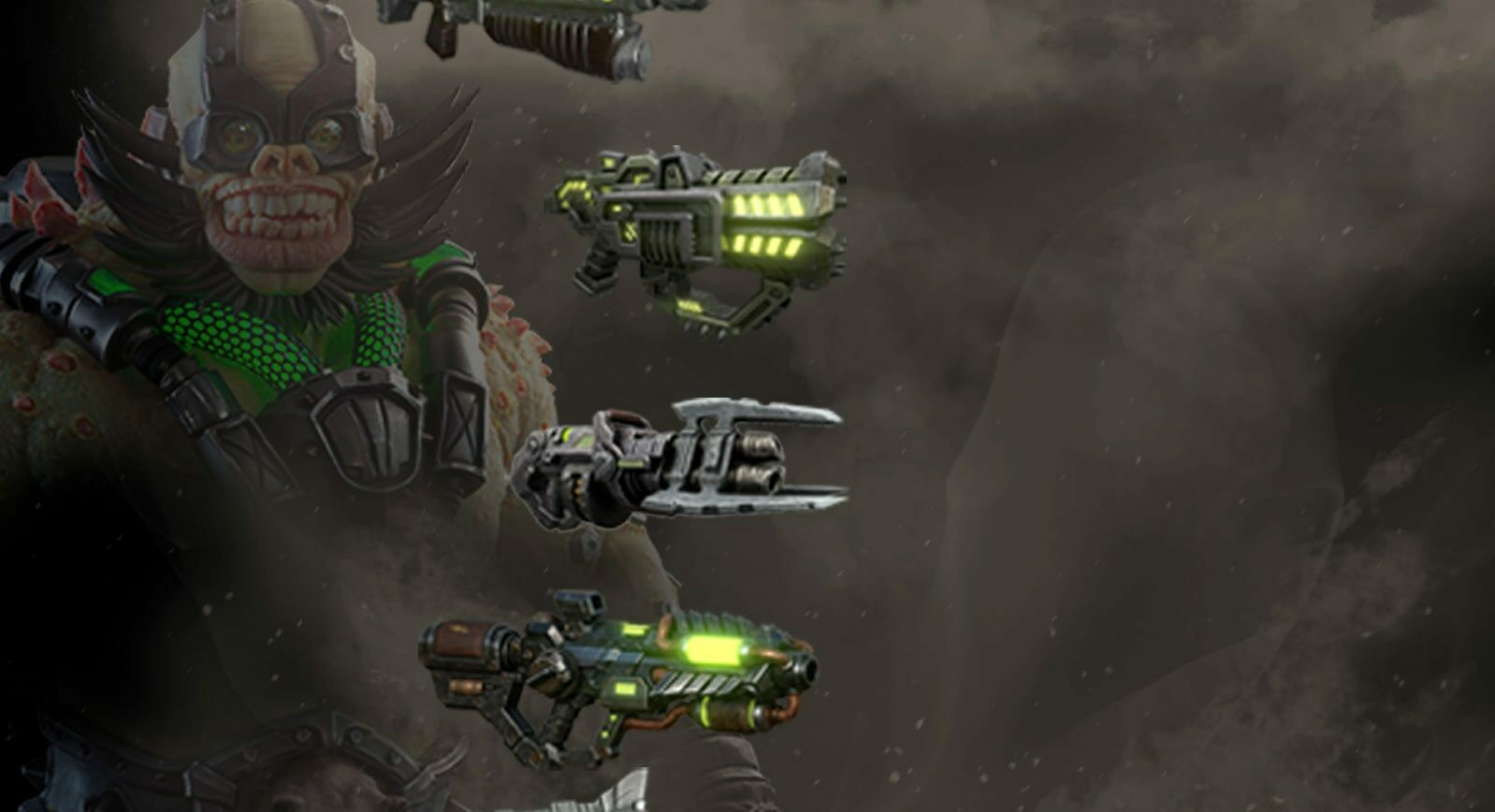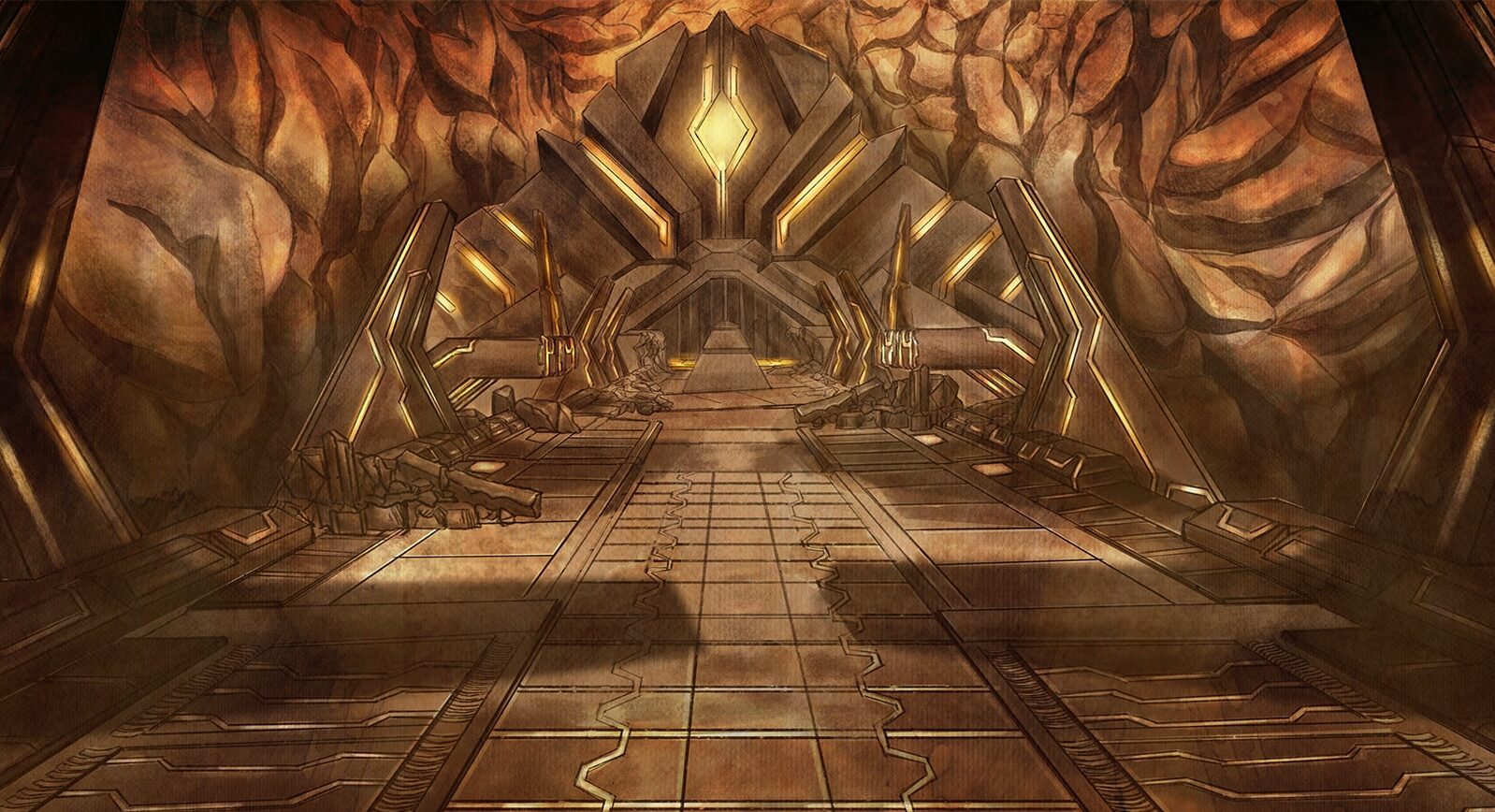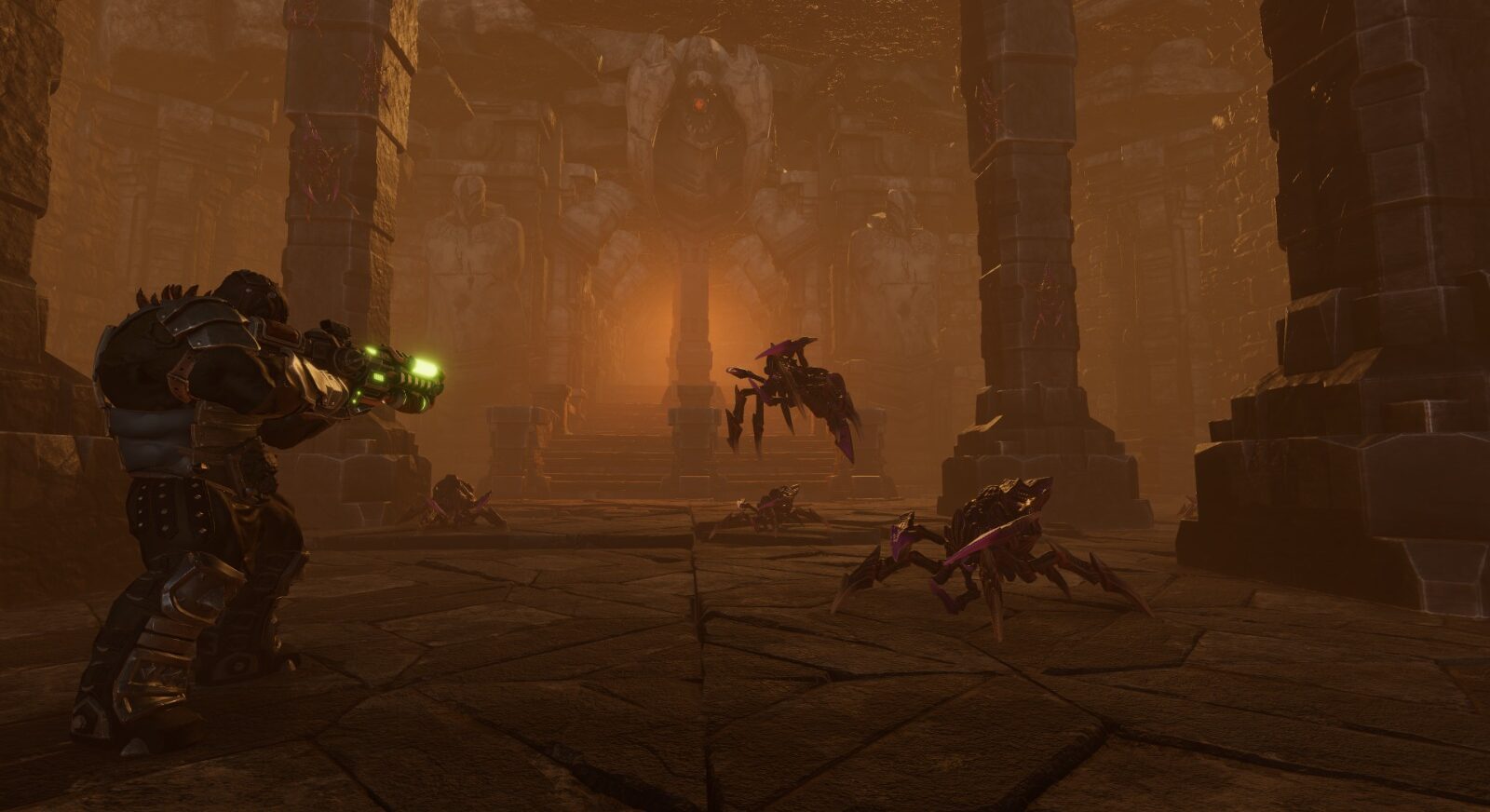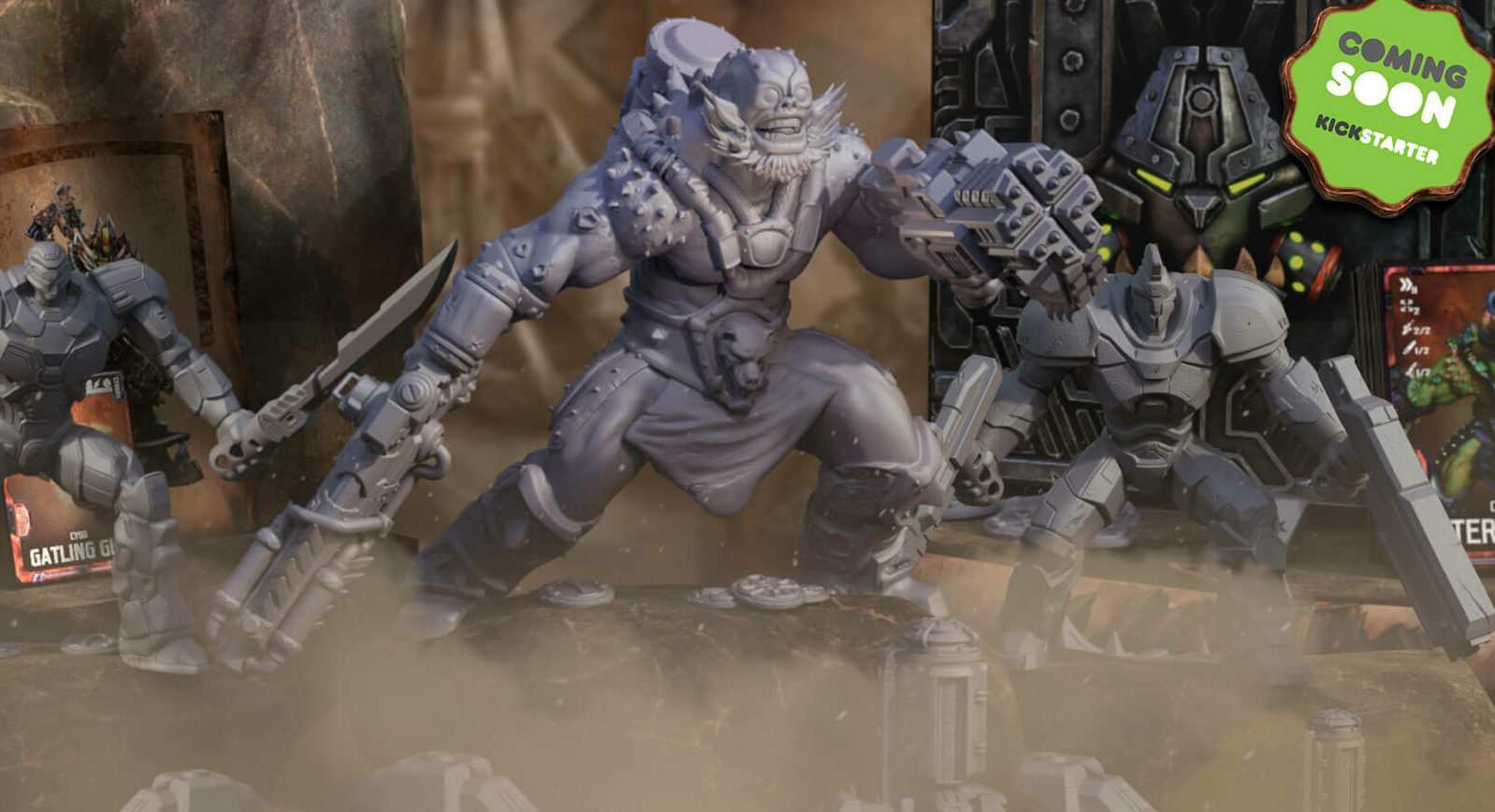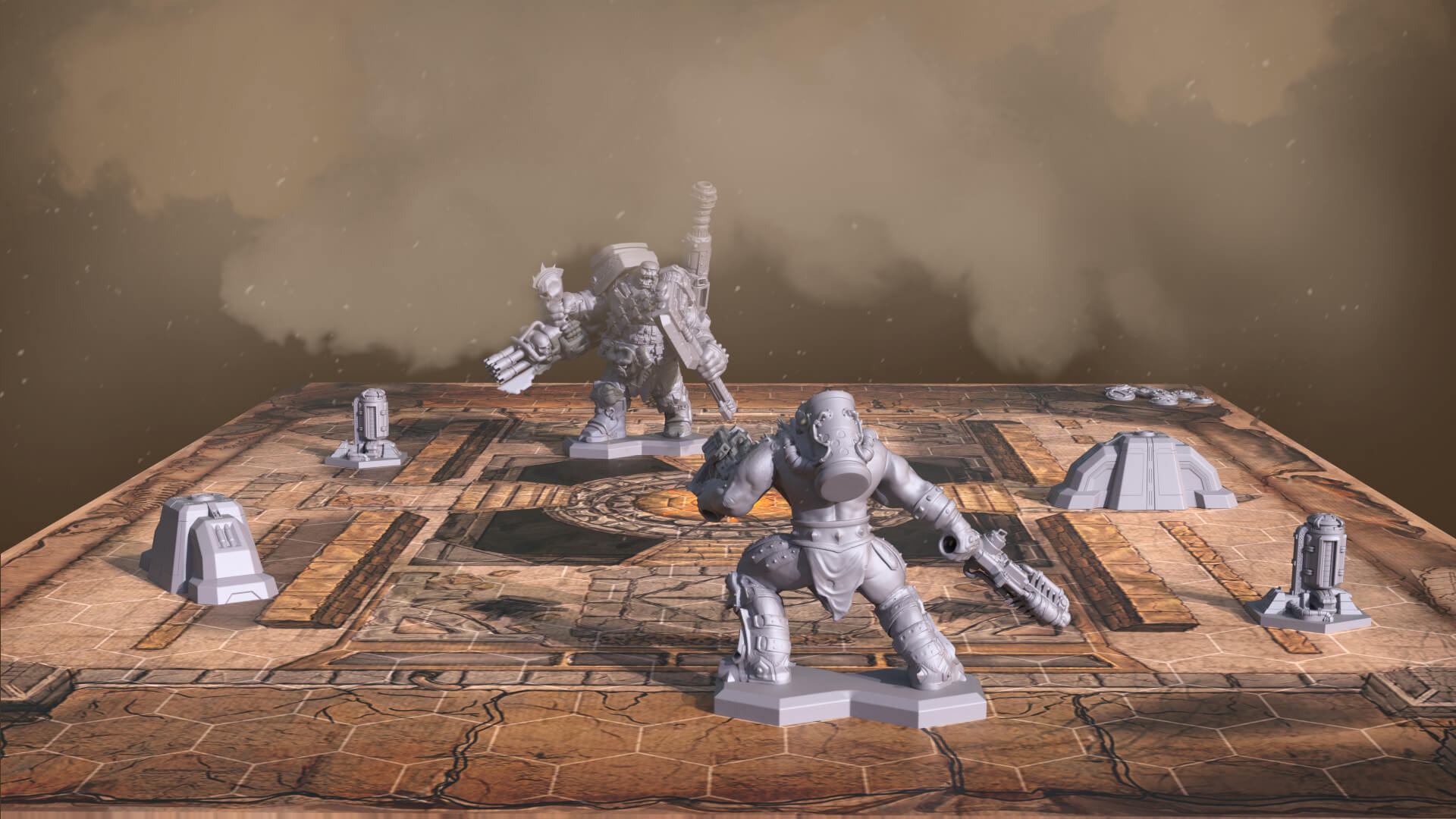Unveiling the Artistry
Crafting Game Levels from Concept to Reality

Conceptualization and Design
The journey of crafting a game level begins with an idea. Game designers collaborate to conceptualize the level’s purpose, gameplay mechanics, and narrative significance. They outline the level’s objectives, challenges, and visual elements, all while ensuring a seamless connection to the overarching story. Mood boards, sketches, and reference materials help solidify the vision before moving forward.
Blockout and Layout
With the initial concept in place, level designers create a basic blockout or layout of the level. This stage involves creating a simplified version of the environment using basic shapes. The focus here is on the flow of gameplay, the placement of key elements, and the general layout of the terrain. It’s an essential step to evaluate pacing, navigation, and potential bottlenecks.
Environment Art and Assets
Once the blockout is approved, environment artists step in to craft the visual elements that breathe life into the level. This includes 3D models of structures, terrain, foliage, props, and more. These assets are meticulously designed, textured, and optimized for performance to create a coherent and captivating environment.
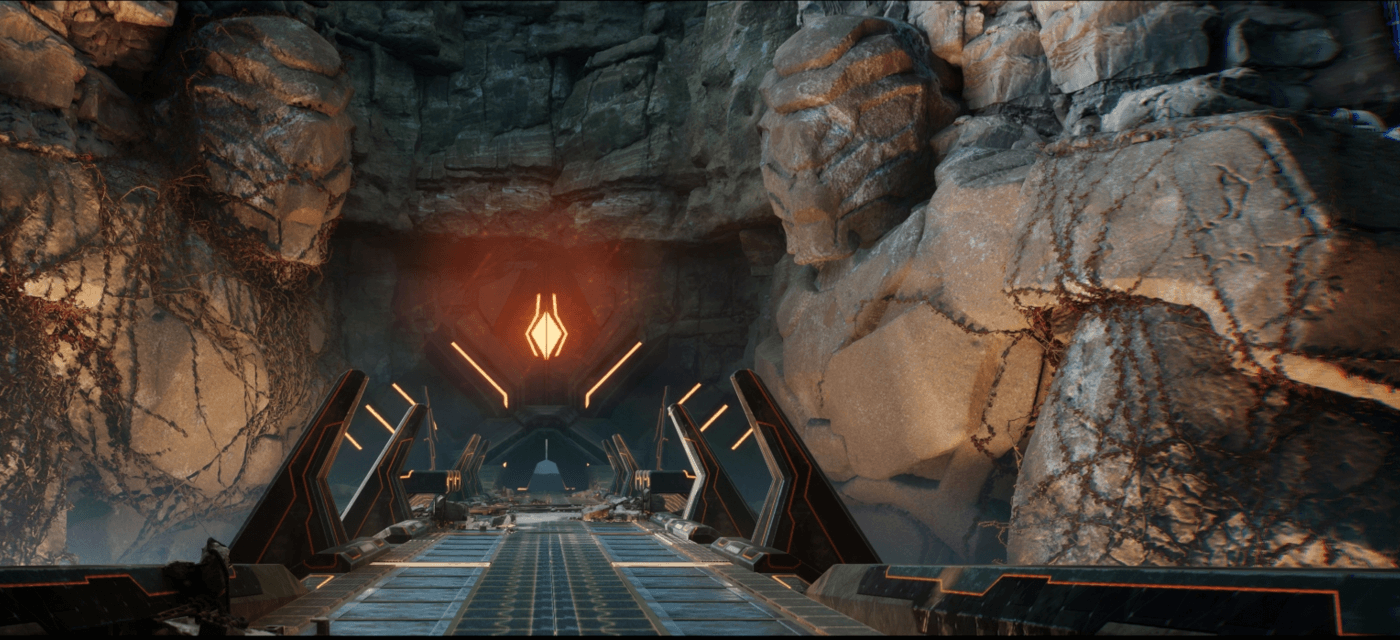
Lighting and Atmosphere
Lighting plays a crucial role in setting the mood and tone of a game level. Lighting artists work their magic by strategically placing light sources, adjusting colors, and using dynamic lighting techniques. The goal is to create an atmosphere that enhances gameplay and supports the emotional experience of players.
Gameplay Integration
As the environment takes shape, gameplay designers and programmers begin integrating mechanics and interactive elements. This can include enemy placements, puzzles, traps, and other challenges that align with the level’s narrative and objectives. It’s important to strike a balance between engaging gameplay and a cohesive world design.

